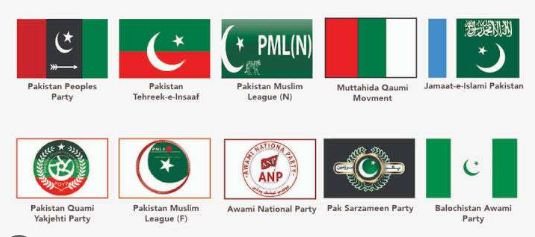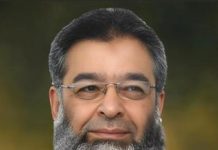Many are predicting an easy victory for Zardari, given his political stature and experience. However, the emergence of Achakzai as a presidential candidate has raised eyebrows, especially considering his association with PTI and the historical context of political alliances in Pakistan
Shamim Shahid
The upcoming presidential election in Pakistan has stirred significant interest and speculation among political circles and analysts. With Asif Ali Zardari, former president and co-chairman of the Pakistan People’s Party, facing off against Mahmood Khan Achakzai, the nominated candidate of the Pakistan Tehreek-e-Insaaf (PTI) aligned Sunni Tehreek, the stage is set for a compelling political showdown.
Many are predicting an easy victory for Zardari, given his political stature and experience. However, the emergence of Achakzai as a presidential candidate has raised eyebrows, especially considering his association with PTI and the historical context of political alliances in Pakistan.
Achakzai’s candidacy, although unexpected by some, is not entirely surprising given the complex web of political relationships in the country. In the past, Achakzai and Imran Khan were part of a three-party alliance, along with Jamaat-e-Islami, indicating a history of cooperation between their respective parties.
However, it is essential to scrutinize the motives behind such alliances. The political landscape in Pakistan is often shaped by various factors, including internal party dynamics, ideological considerations, and external influences. The reference to “unseen forces” and historical instances of electoral boycotts underscore the intricate interplay between different actors vying for power and influence.
The mention of the historic eighteenth constitutional amendment of April 2010 adds another layer to the ongoing political saga. This amendment, aimed at decentralizing power and strengthening democracy, has faced resistance from certain quarters within the political establishment. The perceived threat posed by progressive and democratic forces, including Zardari and his associates, further complicates the narrative.
Moreover, the involvement of figures like Maulana Fazlur Rehman highlights the broader challenges facing Pakistan’s political landscape. Rehman’s role as a potential obstacle to electoral alliances against PTI underscores the inherent tensions and rivalries within the opposition camp.
In this context, Bilawal Bhutto Zardari’s remarks on Achakzai’s candidacy reflect the underlying tensions and divergent visions within the opposition. While acknowledging Achakzai’s democratic right to participate in the electoral process, Bhutto Zardari’s comments also hint at broader ideological differences and political calculations.
Looking ahead, the formation of potential opposition alliances, including the speculated four-party coalition, underscores the fluidity and complexity of Pakistan’s political dynamics. The shifting alliances and power struggles reflect the ongoing quest for political dominance and influence within the country.
In conclusion, the upcoming presidential election in Pakistan is not merely a contest between individuals but a reflection of broader political currents and dynamics shaping the nation’s future. As the country navigates through these turbulent waters, the role of democracy, progressive forces, and the quest for a better future remain paramount

















